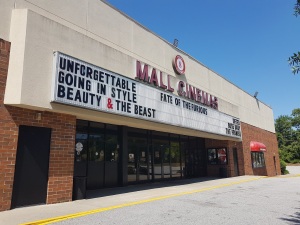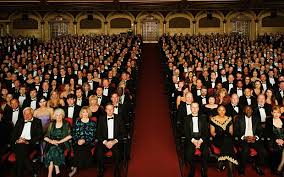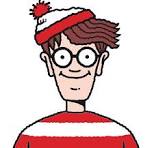My daughter and her husband went on a date the other night. They dropped their little one at our place because they wanted an evening to themselves. “A date” meant going right back to their own house and getting a few projects done without the distraction of an active one-year old. Really? That’s a date? I figured they’d do something like go to the movies. After all, the theater’s only five minutes from their front door.

The same theater’s only twenty minutes from our front door. It’s the only show in (our small) town but it still carries the first-run films. So now I’m asking myself, why haven’t we been to the theater either? I mean, we’ve lived here almost two years yet we’ve never even been tempted. Does our own dating routine need a little recharge?

The truth is, like most who don’t go to the movies much anymore, the COVID years played a big part in our change of behavior. Before then we were regular patrons, drawn to the promise of a well-reviewed blockbuster or sappy rom-com. No matter the size of our TV or the quality of our sound at home, it couldn’t hold a candle to the big-screen experience. Plush seats, popcorn, and larger-than-life images were the way to go.
But movie theaters struggle now. We’re already two years past the last U.S. state mask mandate (time flies), yet theaters haven’t been able to bring back audiences in numbers comparable to the years before COVID. The only movie to get my wife and I up off our couch and into the theater was Top Gun: Maverick, which seems forever ago now. Much as I’d like to blame the pandemic for our recent lack of attendance, other forces are at work here:

1) Streaming. Just as we all hunkered down in 2020 to wait out COVID, on-line entertainment options went full-stream ahead. My wife and I cautiously subscribed to something called Netflix back then (knowing we could cancel at any time), and in no time we became the very definition of “binge”. Today we plunk down money for several streaming services, which come and go according to what we choose to watch. In other words, “network television” isn’t the only option to the big screen anymore.
2) The cost. A few weeks ago, my wife and I binged the twelve-episode first season of a Hallmark Channel series, for $10.79. Season 2 cost us $25.37 for the same number of episodes. Season 3? $26.99. Sneaky streamers, huh? They get you hooked on the first season, then charge big-time for the rest. But here’s the thing. Those thirty-six hours of television cost us less than two dollars an hour. A movie in the theater runs four to five times that much.
 3) The annoyances. Before online tickets, you could show up at the box office and be reasonably assured of getting a seat, for the face value of the ticket. Now – for the popular movies at least – a “walk-in” is virtually impossible. You’re going to pay fees, whether for the online service itself, the movie’s time of day, or the theater’s better seats. Once you’re in your seat the annoyances bloom, whether the advertisements before the movie, the cell phone going off in the next row, or the couple behind you who simply can’t stop talking throughout the show.
3) The annoyances. Before online tickets, you could show up at the box office and be reasonably assured of getting a seat, for the face value of the ticket. Now – for the popular movies at least – a “walk-in” is virtually impossible. You’re going to pay fees, whether for the online service itself, the movie’s time of day, or the theater’s better seats. Once you’re in your seat the annoyances bloom, whether the advertisements before the movie, the cell phone going off in the next row, or the couple behind you who simply can’t stop talking throughout the show.
4) The product. IMHO of course, the movies being made today simply aren’t what they used to be. Those mainstream blockbusters and adorable rom-coms of yesteryear have given way to so-so remakes, Marvel characters, and independent films that rarely appeal to the masses. Sure, I could (and probably should) expand my horizons to other film genres, but first you’re gonna have to address items 1), 2), and 3) above.

The summer blockbusters begin Memorial Day weekend but they’ve taken a hit this year because of last fall’s writers/actors strike. Movie theaters may be a little – ahem – breezy as a result. They’ll aim to draw in more patrons with re-releases of films gone by, mini film festivals, and sales of film-related merchandise instead (themed popcorn tub, anybody?)
The sustainability of the movie theater is in question, the same as the drive-in that died before it. Will the product and price attract enough patrons to keep the experience viable? Will a trip to the movies morph into a wholly different kind of experience (like dinner, drinks, and a movie, or a stop at the in-house video game arcade first?) And will the concept of a movie-house subscription ever be more attractive than simply buying a ticket?
 All good questions there. Whatever happens, I hope the curtains don’t close on the big screen for good. When a film is worth watching, alongside an audience willing to behave, it’s a great date night. Without the movies, my wife and I might be forced to complete a few more projects around the house.
All good questions there. Whatever happens, I hope the curtains don’t close on the big screen for good. When a film is worth watching, alongside an audience willing to behave, it’s a great date night. Without the movies, my wife and I might be forced to complete a few more projects around the house.
Some content sourced from the CNN Entertainment article, “Movie theaters are getting creative to appeal to audiences”.




















































